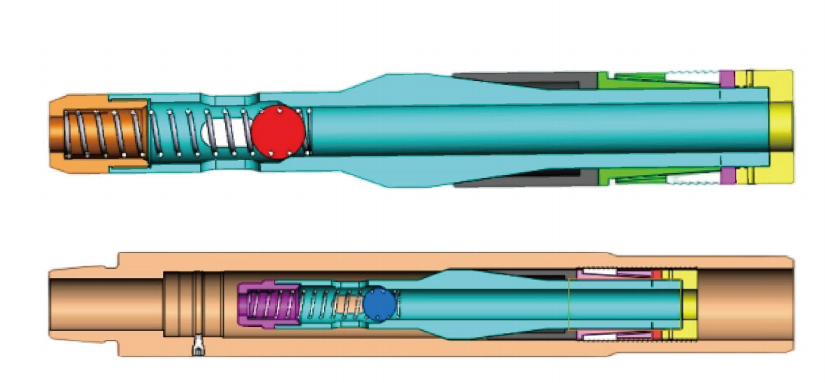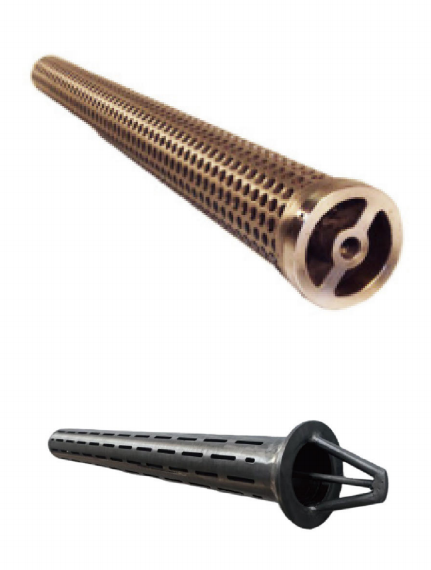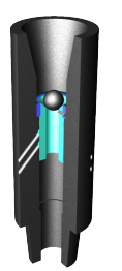The MWD (Measurement While Drilling) system is a core technology in modern oil drilling. Its primary function is to provide real-time downhole parameter measurements, enabling dynamic data-driven optimization of drilling efficiency, safety, and precise wellbore trajectory control. Below are the key roles of the MWD system during drilling:
1. Real-Time Wellbore Trajectory Monitoring for Precision Steering
Measured Parameters: MWD sensors continuously acquire inclination, azimuth, and tool face angle—critical data for adjusting drilling direction.
Dynamic Adjustments: In directional drilling (e.g., horizontal or extended-reach wells), MWD transmits data to the surface, allowing engineers to control downhole motors or rotary steerable systems and correct the bit’s path in real time, ensuring the wellbore follows the planned trajectory and stays within the target reservoir.
Example: In shale gas horizontal wells, MWD ensures the bit remains within a few meters of the reservoir thickness, maximizing contact with hydrocarbon-bearing zones.
2. Optimizing Drilling Efficiency and Reducing Costs
Drilling Parameter Monitoring: MWD measures weight on bit (WOB), torque, RPM, and other parameters to optimize drilling strategies (e.g., balancing "light weight/high RPM" or "heavy weight/low RPM"), improving rate of penetration (ROP) and reducing non-productive time.
Preventing Downhole Failures: By detecting abnormal vibrations or overloads, MWD alerts operators to risks like stuck pipe or bit wear, minimizing equipment damage and unplanned downtime.
3. Ensuring Drilling Safety and Mitigating Geological Risks
Formation Pressure Monitoring: Advanced MWD systems integrate pressure sensors to detect annular pressure, identifying formation pressure anomalies (e.g., overpressure zones or kick risks). This allows timely adjustment of mud density to prevent blowouts or wellbore collapse.
Collision Avoidance: In cluster wells or dense fields, MWD provides accurate wellbore positioning data to avoid collisions with nearby wells.
4. Supporting Geosteering
Integration with LWD: MWD works synergistically with LWD (Logging While Drilling). While MWD tracks trajectory data, LWD provides formation properties (e.g., resistivity, gamma radiation). Together, they enable real-time decisions to keep the bit within the target reservoir.
Navigating Complex Formations: In faulted or lithologically heterogeneous zones, MWD helps rapidly adapt to formation changes, avoiding non-productive or hazardous layers.
5. Data Transmission and Real-Time Decision-Making
Signal Transmission: MWD encodes data and transmits it to the surface via mud pulse telemetry or electromagnetic (EM) waves, achieving rates from a few bits to tens of bits per second (depending on technology).
Operational Agility: Real-time data allows surface teams to adjust drilling plans immediately, eliminating the need for traditional "stop-and-measure" intervals and significantly improving efficiency.










